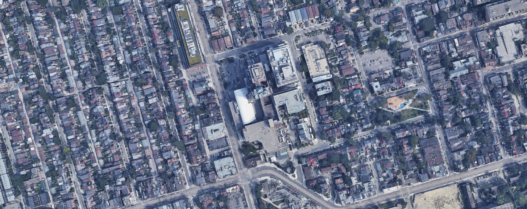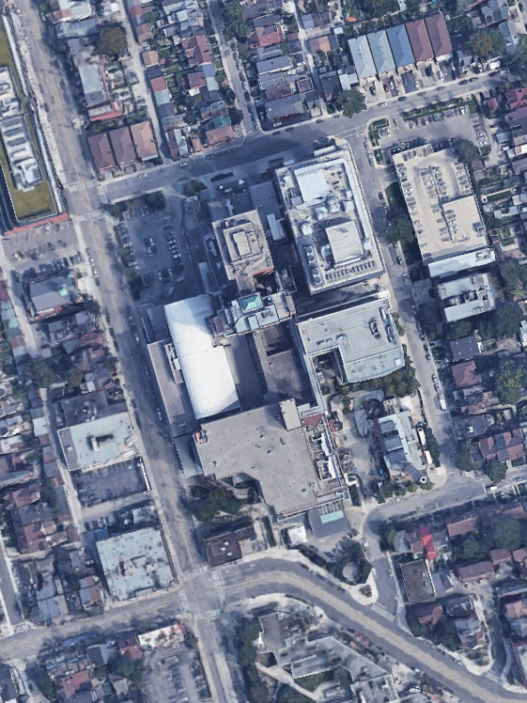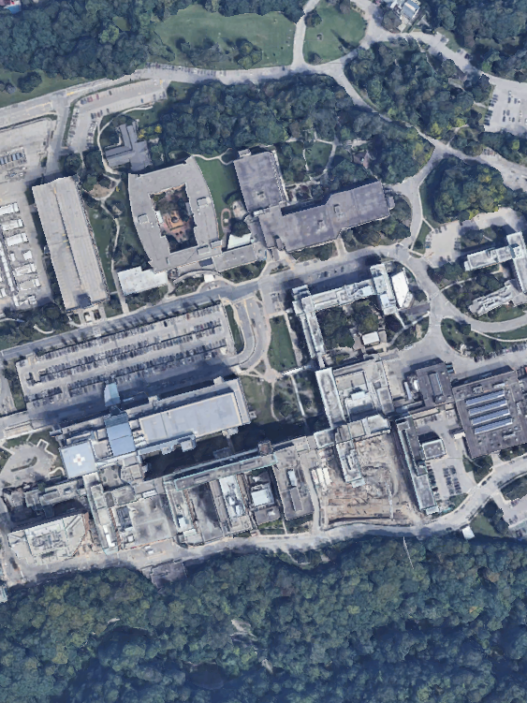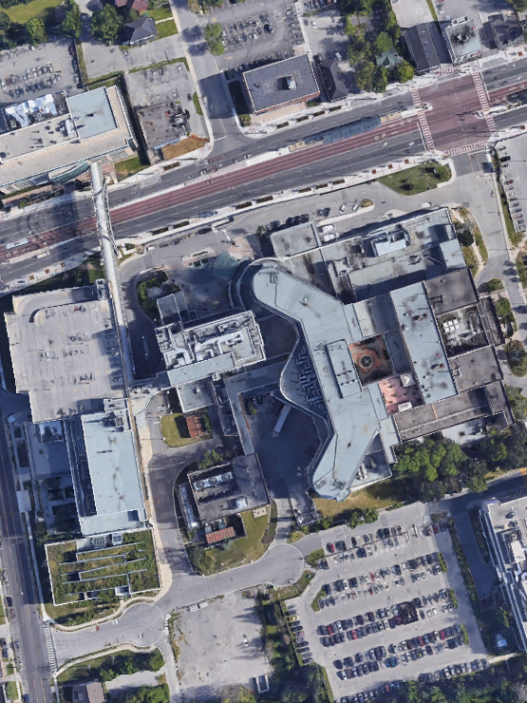Cataract surgery wait times can be long for Ontario residents. Long wait times can potentially increase fall risk for seniors.
⬇️ Scroll down to compare hospitals by expected wait time. Always verify the current expected wait times with your primary care physician or referred specialist.
Cataract surgery is a medical procedure targeting the removal of cataracts — clouding of the eye’s natural lens that impairs vision.
Wait 1 is defined as the time between a patient receiving a referral from a primary care physician and their specialist consultation. Wait 2 is defined as the time between the decision to proceed with surgery and the surgery itself.
Table of Contents:
- Paying for cataract surgery in Ontario
- Ontario hospitals with shortest cataract surgery wait times
- Ontario hospitals with longest cataract surgery wait times
- Interpreting wait times & data limitations
- Advocating for better data access
Paying for cataract surgery in Ontario
Cataract surgeries are typically provided at no direct cost to residents of Ontario, as they are covered by the Ontario Health Insurance Plan (OHIP). This coverage includes the procedure itself and a standard intraocular lens when performed in public hospitals.
OHIP, which is funded through provincial taxes, ensures that essential medical services are accessible to Ontarians without direct charges at the point of service.
However, if individuals choose to receive treatment in private clinics or opt for advanced lens options, such as multifocal or toric lenses, additional costs may apply. These premium lenses, which can improve visual acuity or correct astigmatism, are not covered by OHIP and are paid for out-of-pocket. Additionally, private clinics may offer technologies like laser-assisted surgery, which can increase the cost of the procedure.
Ontario hospitals with shortest cataract surgery wait times
Below are five top hospitals in Ontario which have the shortest cataract surgery wait times:
- 🥇 Thunder Bay Regional Health Sciences Centre has the shortest wait time at 5.3 weeks for cataract surgery in Ontario.
- 🥈 North Bay Regional Health Centre – North Bay Site, with an average wait time of 5.6 weeks for cataract surgery, ranks second for the shortest wait time in Ontario.
- 🥉 Timmins and District General Hospital, with an average wait time of 7.3 weeks for cataract surgery, ranks third for the shortest wait time in Ontario.
- Northumberland Hills Hospital, with an average wait time of 7.7 weeks for cataract surgery, ranks fourth for the shortest wait time in Ontario.
- St. Joseph’s Health Care System Hamilton – Charlton Campus, with an average wait time of 7.9 weeks for cataract surgery, ranks fifth for the shortest wait time in Ontario.
Ontario hospitals with longest cataract surgery wait times
Below are five top hospitals in Ontario which have the longest cataract surgery wait times:
- 🐌 Stevenson Memorial Hospital has the longest wait time at 39.1 weeks for cataract surgery in Ontario.
- 🐢 Ross Memorial Hospital, with an average wait time of 36 weeks for cataract surgery, ranks second for the longest wait time in Ontario.
- 🦥 St. Mary’s General Hospital, with an average wait time of 34.9 weeks for cataract surgery, ranks third for the longest wait time in Ontario.
- Guelph General Hospital, with an average wait time of 33.9 weeks for cataract surgery, ranks fourth for the longest wait time in Ontario.
- Perth And Smiths Falls District Hospital – Smiths Falls Site, with an average wait time of 33.6 weeks for cataract surgery, ranks fifth for the longest wait time in Ontario.
Interpreting wait times & data limitations
Several factors can extend the average wait times for surgery in Ontario. Clinical considerations often lead doctors to delay surgeries based on a patient’s medical needs or other priorities. Additionally, patients may postpone their procedures due to personal reasons like scheduling conflicts, financial constraints, or a preference to delay treatment. The availability of hospital operating rooms also plays a critical role. These spaces are necessary for surgeries but can be scarce if occupied for other medical procedures or impacted by labor shortages. Seasonal variations further influence both room availability and staffing levels, potentially prolonging wait times during certain periods.
Conversely, average wait times can sometimes seem shorter than anticipated due to various factors. Some patients have flexible schedules, allowing them to fill slots that become available unexpectedly, thus shortening their wait. This adaptability, when averaged with others, can make overall wait times appear more favorable. Seasonality affects this dynamic as well, with certain times of the year experiencing lower demand for surgeries or increased temporary staffing, which can enhance room availability and reduce delays.
We focus on calculating wait times for Priority 4 patients because data for Priority levels 2 and 3 are typically incomplete. Surgeons, specialists, and healthcare administrators use clinical evidence to set these priority levels and target times, aiming to improve patient access and outcomes.
Furthermore, our data does not include patients who opt out of surgery after their initial consultation with a specialist.
Advocating for better data access
We are thankful for Ontario Health’s efforts in providing hospital wait times for surgeries. Ontario stands out globally for its transparency in reporting hospital wait times and covers a wide array of medical procedures.
We encourage Ontario Health to expand its data reporting to include average wait times by doctor, as seen in British Columbia and Saskatchewan. This information would greatly benefit patients by allowing them to choose doctors with shorter wait times.
Readers can consider reaching out to Ontario Health to advocate for this beneficial change.
Learn wait times for other medical procedures in Ontario:















